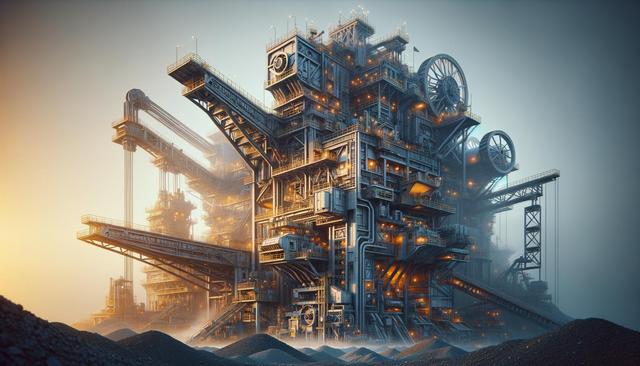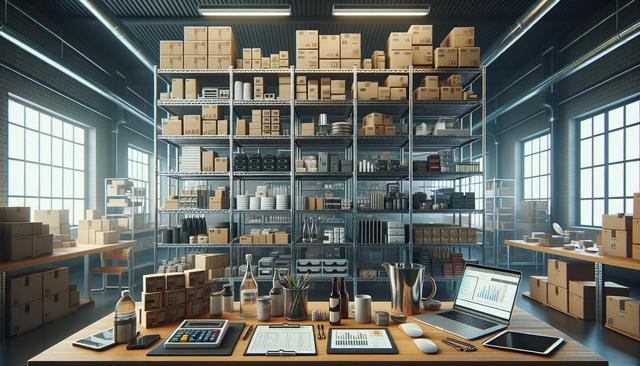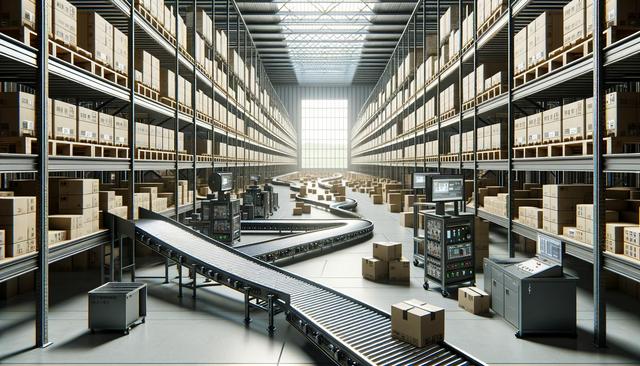Mining Equipment for Iron Ore Extraction
The first stage in the iron production process is the extraction of iron ore from the earth. This is typically done through surface mining or open-pit mining, especially when the deposits are close to the surface. In these operations, large-scale earth-moving machines play a crucial role in removing overburden and accessing ore bodies beneath. Some of the machines commonly used for this purpose include:
- Drilling rigs – used to create blast holes in the rock.
- Blasting tools – for breaking up the ore-bearing rock.
- Excavators and loaders – to collect and transport raw ore to processing areas.
- Haul trucks – for moving large volumes of material across mining sites.
These machines must be durable and capable of operating in challenging conditions. Safety systems and automation are also increasingly integrated into modern mining equipment to improve operational efficiency and worker safety.
Crushing and Screening Machinery
Once the iron ore is extracted, it needs to be reduced in size to facilitate further processing. Crushing and screening equipment handle this task by breaking down large chunks of ore into manageable sizes. The main types of machines used in this stage include:
- Jaw crushers – ideal for primary crushing of hard and abrasive materials.
- Cone crushers – for secondary and fine crushing applications.
- Vibrating screens – to separate different sizes of crushed material.
Crushing equipment is designed to handle the hardness and abrasiveness of minerals like hematite and magnetite. Screening systems ensure that only appropriately sized material moves on to the next stage, which helps optimize the efficiency of downstream processes such as concentration and reduction.
Concentration and Beneficiation Equipment
Iron ore often contains impurities such as silica, alumina, and other minerals. Concentration processes are used to increase the iron content of the ore and remove unwanted materials. Machinery used in this stage includes:
- Magnetic separators – especially effective for magnetite ores, which are naturally magnetic.
- Gravity separation systems – such as jigs and spirals, which take advantage of density differences.
- Flotation cells – used for finer particles and ores that respond to chemical separation.
These machines help produce a higher-grade iron concentrate, which is more suitable for smelting. The choice of equipment often depends on the specific composition and characteristics of the ore being processed.
Reduction Equipment: From Ore to Pig Iron
After concentration, the next major step is reduction, where the iron ore is chemically transformed into metallic iron. Traditionally, this is done in blast furnaces, which require a mix of iron ore, coke (a form of carbon), and limestone. Key machinery in reduction includes:
- Blast furnaces – towering structures that reach high temperatures to facilitate chemical reactions.
- Hot blast stoves – used to preheat air pumped into the furnace, enhancing combustion efficiency.
- Charging systems – mechanical devices that add raw materials to the furnace in precise amounts.
Alternative reduction technologies such as direct reduced iron (DRI) processes are also gaining traction for their energy efficiency and lower emissions. These systems often use rotary kilns or shaft furnaces and are especially relevant in regions with limited access to coking coal.
Refining and Finishing Equipment
The final stage in iron production involves refining the pig iron into steel or other usable forms. This step removes excess carbon and other impurities and adjusts the composition to meet specific standards. Important machines in this phase include:
- Basic oxygen furnaces – where oxygen is blown into molten iron to reduce carbon content.
- Electric arc furnaces – used primarily for recycling scrap steel but also for refining iron.
- Ladles and casting machines – to transport and shape the final metal product.
Refining technology continues to evolve, with modern systems incorporating sensors and automation for precise control over chemical composition and temperature. The end products can be cast into ingots, slabs, or billets, ready for further processing into construction materials, automotive parts, and more.
Conclusion: Integrated Machinery for Efficient Iron Production
Extracting iron from ore is a complex process that relies on a variety of specialized machines, each tailored to a different stage of production. From mining and crushing to concentration, reduction, and refining, each phase requires industrial equipment designed for durability, efficiency, and safety. Understanding the role of these machines not only highlights the technological sophistication of modern iron production but also underscores the importance of selecting the right equipment for each task. For operations looking to optimize their output while maintaining quality and environmental standards, investing in reliable and well-integrated machinery is essential.




Leave a Reply